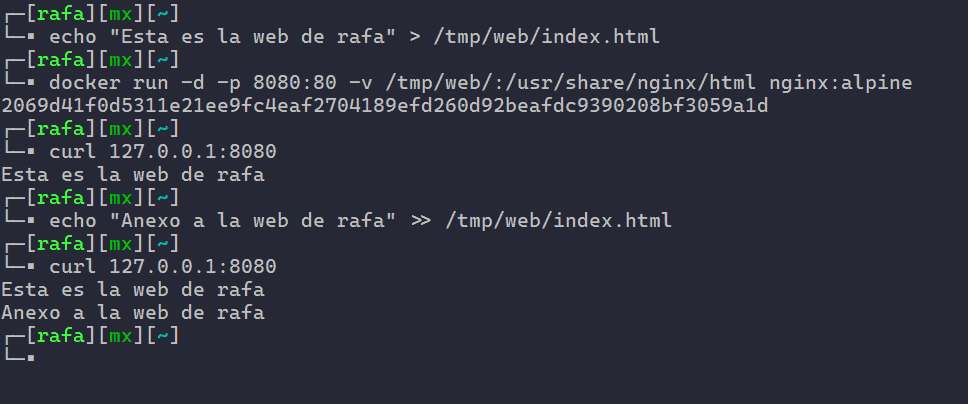
- #Docker run image restart install#
- #Docker run image restart update#
- #Docker run image restart driver#
- #Docker run image restart code#
- #Docker run image restart free#
According to the Docker official documentation, the configuration file approach is preferred. The Docker daemon can be configured either through a configuration file at /etc/docker/daemon.json or by adding command line flags to the rvice systemd unit. See the Docker Getting Started guide for more usage documentation. See the Docker API developer documentation for more information. Note that if the Docker daemon stops or restarts, all currently running Docker containers are also stopped or restarted.Īlso note that it is possible to send requests to the Docker API and control the Docker daemon without the use of the docker CLI command. Understanding the relationship between the client ( docker), server ( rvice) and containers is important to successfully administering Docker. Typically, users use Docker by running docker CLI commands, which in turn request the Docker daemon to perform actions which in turn result in management of Docker containers.
#Docker run image restart install#
Install the docker package or, for the development version, the docker-git AUR package.
#Docker run image restart driver#


3.3.1 Docker daemon proxy configuration.
#Docker run image restart free#
If you like the article feel free to share. I will be posting an article on using process managers for docker in later. We can also restart the containers using process managers such as upstart, systemd, supervisor. The image shows that every time the hello-world container stopped, it restart it. The event shows the hello-world container will restart automatically every times it stopped. Open the docker event in one shell and run the container with always policy with another shell. To view the events that occurs during restart we can use event command. This will restart the container always even though it is stopped manually or start when the daemon starts.
#Docker run image restart update#
Here I use update command to update the restart policy of the hello-world container with always policy. docker update -restart always hello-world It will not restart the containers automatically. The above command run the hello-world image with restart policy set as no.
#Docker run image restart code#
To run a container with restart policies, try with following code pattern docker run -restart no hello-world

Similar to always, except that when the container is stopped (manually or otherwise), it is not restarted even after Docker daemon restarts. If any container is stopped due to any fault, it will automatically restart those containers with this policy. Restart the container if it exits due to an error, which manifests as a non-zero exit code. Until the daemon stops or the restart policy is changed, it will restart it in loop.

Do not automatically restart containers anywayĪlways restart the container even though the container stopped manually.


 0 kommentar(er)
0 kommentar(er)
